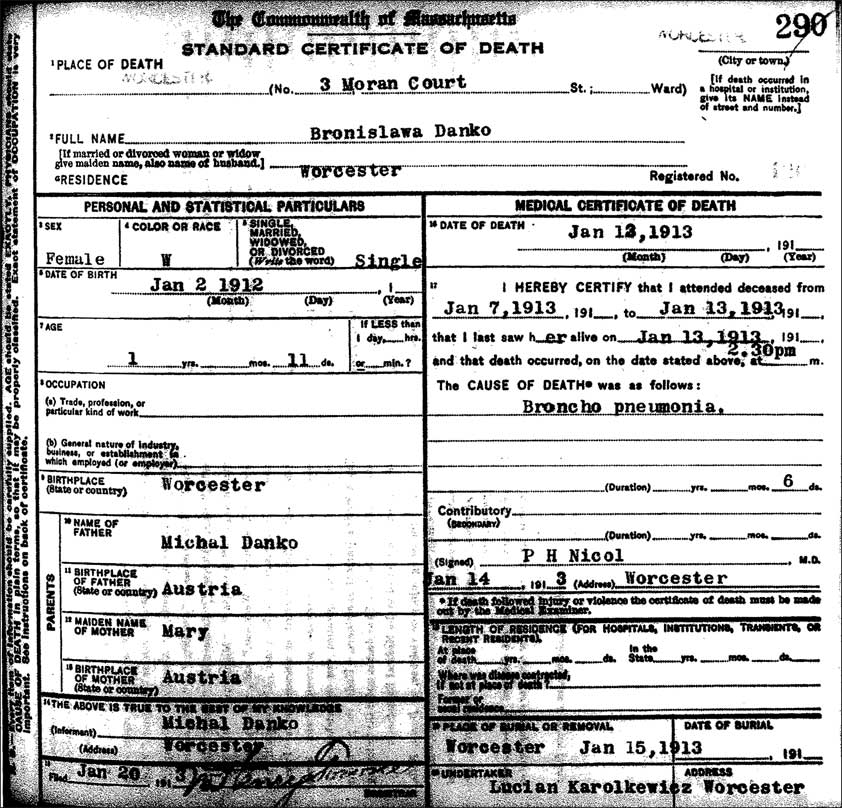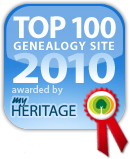Jan Savitt’s older brother Morris was listed with his parents and brothers in the 1910 US Census, but was missing from the enumeration of the same family in 1920 and 1930 . So, where was he?
In 1920, Morris is listed as head of household in a different house.
1920 US Census Record for Morris Savitt and Family
Click on the link for a PDF copy of US Federal Census Record for the Morris Savitt Family – 1920. The record shows that:
- Morris Savitt was living at 5535 Pemberton Street in Philadelphia, Pennsylvania
- Morris was a married white male, 26 years old, and born in Russia
- He owned his house; the house was mortgaged
- He immigrated in 1907 and was an alien
- His native tongue was Yiddish, he could read and write, and he could speak English
- He was employed as a shoe worker in a shoe factory
- Morris’ wife was a married white woman named Sarah who was 20 years old and born in Russia
- She immigrated in 1906 and was an alien
- Her native tongue was Yiddish, she could read and write, and she could speak English
- She was not employed
- The couple had a daughter Tillie who was a single female 1 6/12 years old, born in Pennsylvania
- A boarder named Isaac Bronstrin [?] lived with them
In 1930, Morris had moved.
1930 US Census Record for Morris Savitt and Family
Click on the link for a PDF copy of US Federal Census Record for the Morris Savitt Family – 1930. The record shows that:
- Morris Savitt was living at 5544 [?] Chester Avenue in Philadelphia, Pennsylvania
- Morris was a married white male, 34 years old, and born in Russia
- He was 22 years old when first married
- He rented his house for $80 a month
- He immigrated in 1908 and was naturalized
- His native tongue was Yiddish, he could read and write, and he could speak English
- He was employed as a cutter in a meat store
- Morris’ wife was a married white woman named Sarah who was 30 years old and born in Russia
- She immigrated in 1908 and was naturalized
- Her native tongue was Yiddish, she could read and write, and she could speak English
- She was not employed
- The couple had a daughter Thelma who was a single female 11 years old, born in Pennsylvania, who was attending school, could read and write, and could speak English
- The couple had a daughter Lillian who was a single female, 9 years old, born in Pennsylvania, who was attending school and could read and write
- The couple had a son Robert who was a single male, 3 years old, born in Pennsylvania
So, by 1920 Morris had married and started a family . The immigration information in the 1910 Census showed that he immigrated in 1907, 1908, and 1909 . He was naturalized between 1920 and 1930 . The information in the 1930 census indicates that he and Sarah were married in 1917 or 1918 . Based on information in the 1910, 1920, and 1930 census records, Morris was born between 1893-1896, Sarah was born between 1899 and 1900, Thelma (Tillie) was born in about July 1918, Lillian was born between 1920 and 1921, and Robert was born between 1926 and 1927.
Copyright © 2006 by Stephen J. Danko



























